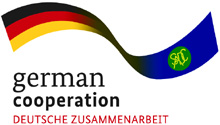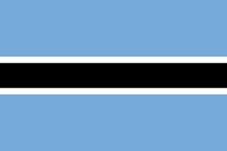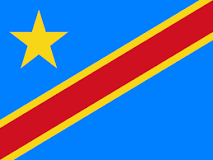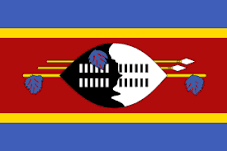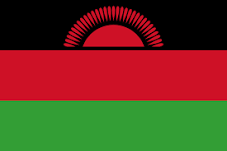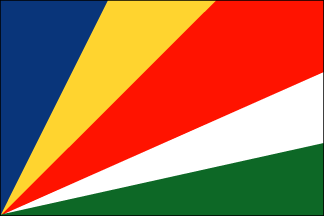Madagascar

The country of Madagascar is an island situated 400 km off the east coast of Africa, separated from the mainland by the Mozambique Channel. It is the fourth large island in the world, stretching 1,580 km from north to south and 600 km from east to west, with a coastline of about 5,000 km. The topography is varied; hilly in the north and in the central part of the island (high plateaus with altitude between 1,200m and 1,500m) and plains in the east, west and south.
There are two major seasons in Madagascar. Summer is hot and rainy, extending from October to April with temperatures ranging between 13 and 30 degrees Celsius. The winter season is cold and dry, from April to September, and has temperatures between 0 to 10 degrees Celsius.
Agriculture contributes about 14% to Madagascar’s GDP. Food production constitutes 98% of the agriculture sector, of which rice (44%) is the main crop followed by cassava (14%), potato (14%), and maize (9%). Traditionally Madagascar is a producer of tea and coffee but with low market prices this industry has declined over the years. Madagascar is a key producer of fish, contributing sales of crabs, prawns, mussels and other seafood to the economy. Other contributors to the economy include industries focused on the areas of processing of meat and seafood, soap, brewery products, tanneries, sugar, textiles, glassware, cement, automobile assembly, paper and petroleum. Madagascar’s mineral potential is underexploited, yet it is perceived a key sector that can play an important role in the development of the country.











